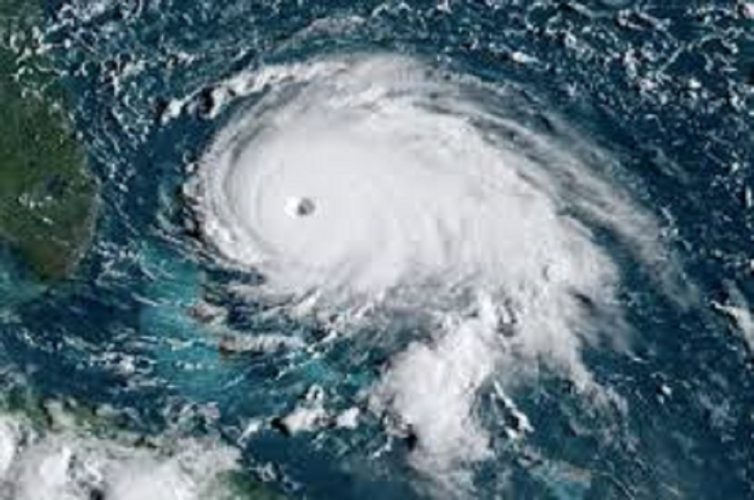Study Confirms Hurricanes Are More Frequent, More Destructive Than Ever
Danish researchers have settled a problem of US disaster accounting, confirming that in the last century North America’s worst hurricanes have become three times more frequent – and significantly more destructive.
Such calculations sound as though they ought to be simple. They are not. In 1900, the entire population of the planet was about 1.6 billion people, most of whom lived in rural areas. By 2018, global population had reached 7.5 billion, and more than half of the world was concentrated in cities. In effect, any hurricane would threaten more victims, and there would be more, and more expensive, property to be destroyed.
So the damage from hurricanes would tend always to rise, and the count of destructive hurricanes would grow, because any violent windstorm would be more likely to slam into an urban area rather than sweep over a few farms.
Tropical cyclones, typhoons and hurricanes start at sea, as sea surface temperatures rise. With ever-increasing global temperatures, driven by profligate combustion of fossil fuels, more hurricanes would be expected, with higher windspeeds and ever-greater burdens of rain to bring disastrous floods as well as severe damage.
But it is harder to show that the climate crisis is intrinsically more dangerous, even though windstorm damage is on the rise. Researchers tend to use economic accounting to try to work out what a hurricane in, for example 1950, would cost if it swept in from the ocean today.
Hurricanes are the costliest natural disasters in the US. Scientists at the Niels Bohr Institute in Copenhagen set about making their comparisons in a new way. Rather than match financial losses on a case by case basis, they tried to calculate how large an area would have to be completely destroyed to account for a particular financial loss.
They extended this “area of total destruction” accounting back to 1900, to see what the new comparison approach would reveal.
And, they report in the Proceedings of the National Academy of Sciences, they found what they call “an emergent positive trend in damage, which we attribute to a detectable change in extreme storms due to global warming.” And they add: “The frequency of the most damaging hurricanes has increased at the rate of 350% per century.”




Geen opmerkingen:
Een reactie posten